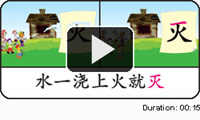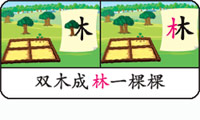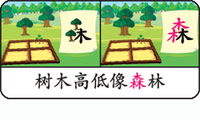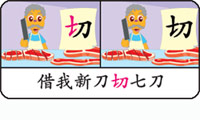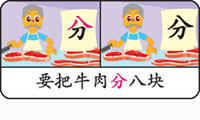True Bilingualism Starts At Pre-school
|
Being bilingual in English and Chinese is essential for your child's future with China's growing economic power. Even enlightened Americans and Indians are enrolling their children in bilingual schools to learn these two languages. We all know that passing our Chinese examinations does not necessarily mean that we are truly bilingual. We can order chicken rice in Chinese, but are we comfortable conversing with a business counterpart or negotiating a deal in Chinese? The reality is that even though we have been through a bilingual education, most of us are not truly bilingual. Dual Language Environment Language Development Sequence Love for the Language Word Recognition Made Fun “炎” and “灭”? If you were shown an animation that “炎” is formed by adding “火” (fire) on top of “火” and it means extremely hot, would you remember it better? What about an animation that shows water being doused on “火” to form “灭” which means extinguish? Would you recognise “灭” next time? Different Learning Styles Constant Exposure
|
|
“火” (fire) on top of “火” forms “炎” which means extremely hot. |
|
Water doused on “火” forms “灭” which means extinguish. |
|
“木” means wood. Two “木” together form a forest “林” |
|
Three “木” together form a large forest “森”. |
|
“七” (seven) plus “刀” (knife) forms “切” which means cut. The animation shows the butcher making seven cuts in the beef. |
|
The seven cuts separate the beef into eight pieces. “八” (eight) plus “刀” (knife) forms “分” which means separate. |



